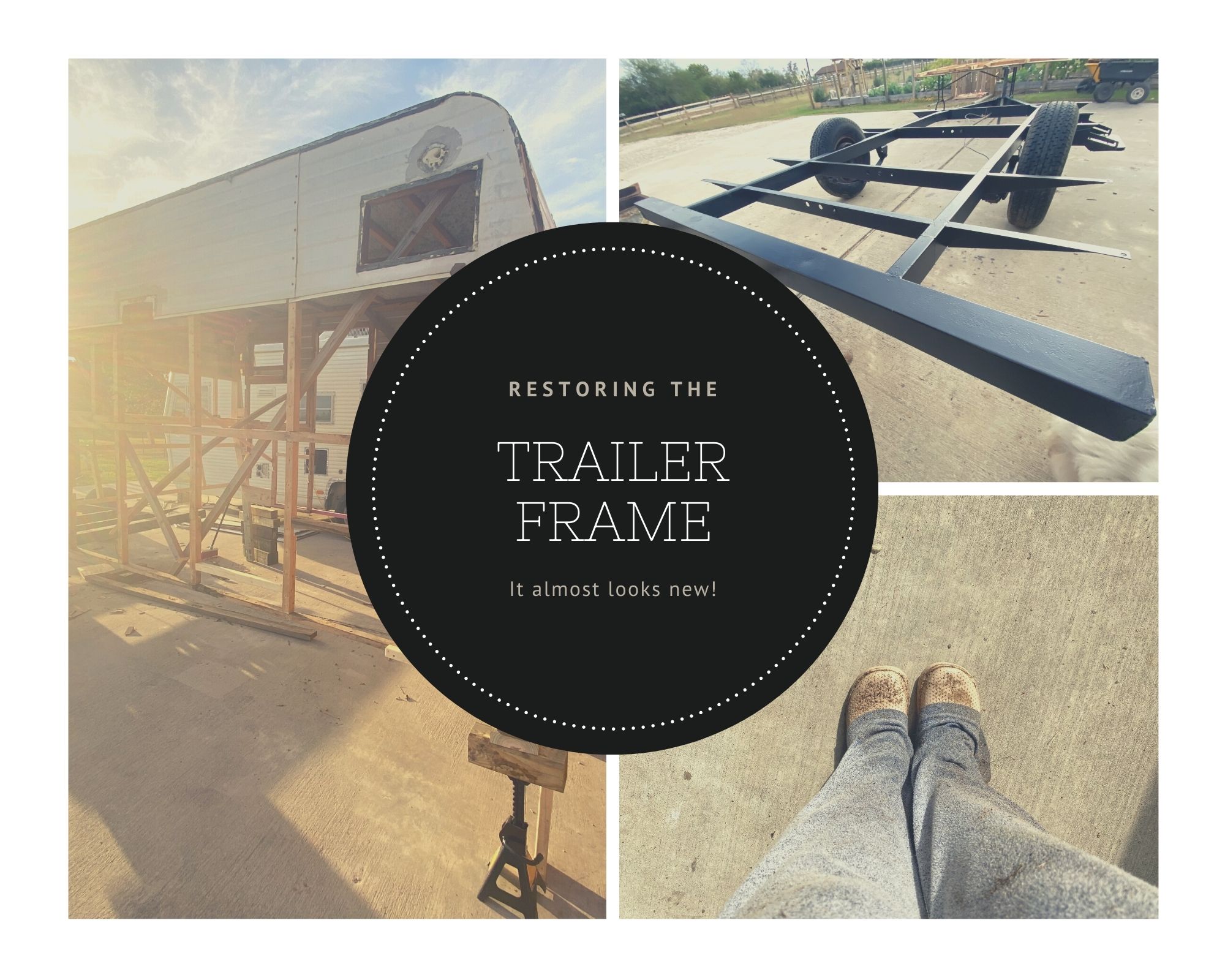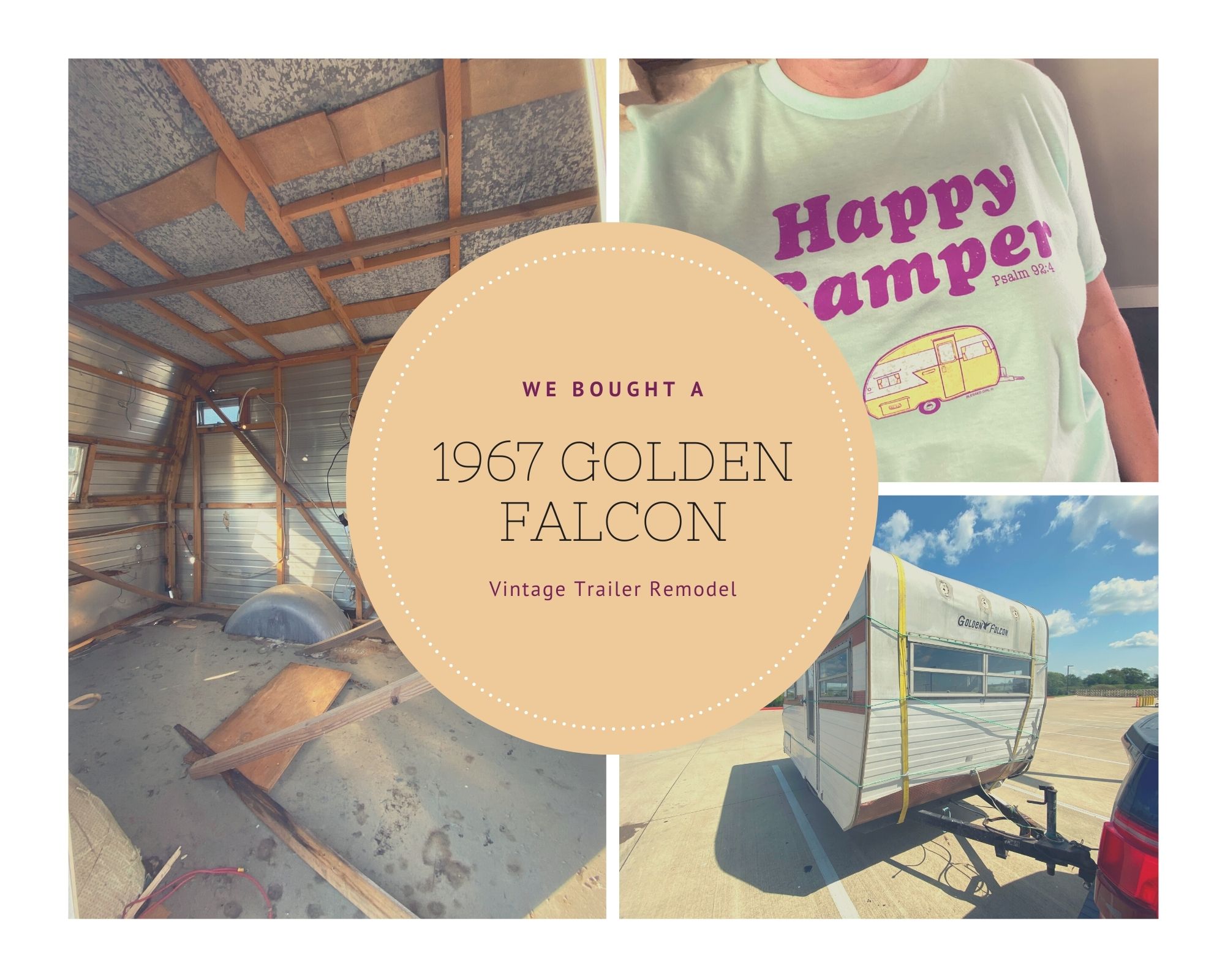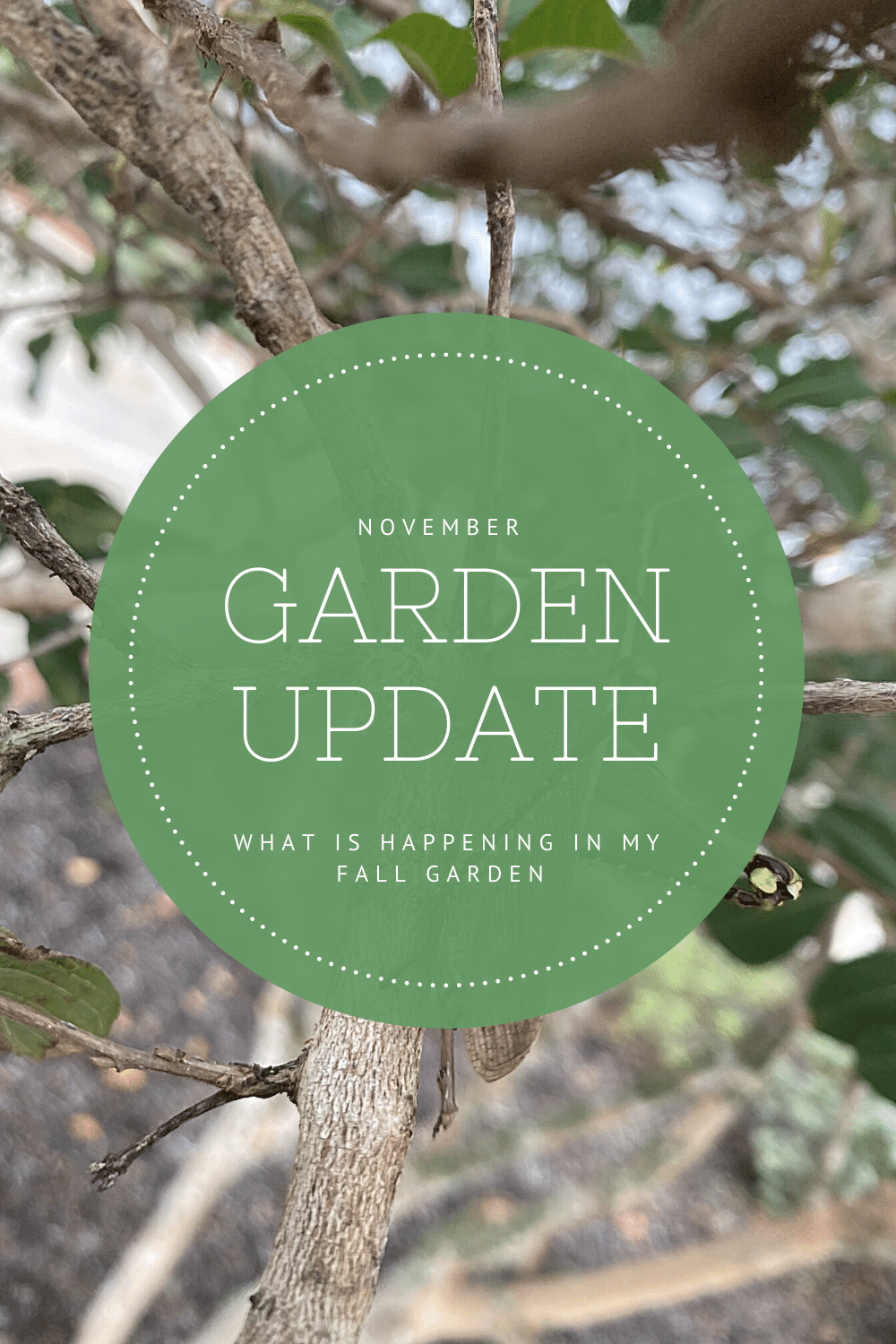Giving new life to a 12′ 1967 Golden Falcon. The floor was in pretty good shape with only the back portion being a concern. At some point, the back window was leaking pretty heavily and it ruined the subfloor. The window was fixed (sloppy does not even come CLOSE to describing HOW the window was […]
Continue readingMore TagWe Bought a Vintage Trailer
During the middle of a pandemic…one of us found ourselves without a job. We have always talked about restoring a vintage trailer…well…okay…maybe it was just me that talked about it. After doing some searching, it seems there is a current market for restoring vintage trailers. We’ve had our fair share of construction projects…how hard could […]
Continue readingMore TagGarden Update
It is the beginning of November. Temperatures- Highs this week are mid 70’s and lows in the 50’s. We have very hard well water. The water that goes to our house goes through a softener and is filtered. The hose water comes directly from the well. I have come to the conclusion, new hoses, sprayers, […]
Continue readingMore TagNaNoWriMo
“NaNoWriMo is a 501(c)(3) nonprofit organization that provides tools, structure, community, and encouragement to help people find their voices, achieve creative goals, and build new worlds — on and off the page.” I used to be pretty good at writing regularly. Then I got this crazy idea to work on a PhD and my “for […]
Continue readingMore TagYou only need one luffa seed
You only need one luffa seed to feel like a master gardener. Luffa, sometimes spelled loofah, actually refers to the fruit of the vine. Luffa aegyptiaca is a member of the cucumber (Cucurbitaceae) family. It can be eaten in the young fruit stage, or it can grow big, allowing an intricate network of fibers to […]
Continue readingMore Tag



